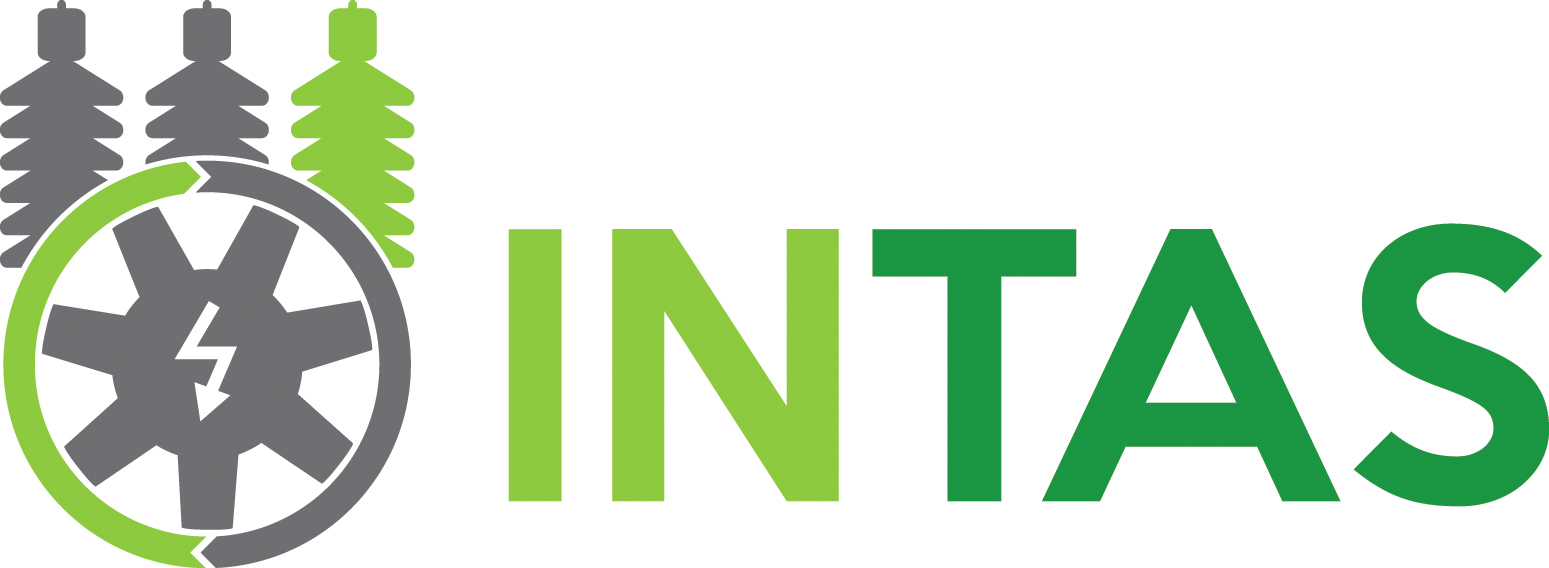Standards and technical regulations
A “standard” is a document or technical specification approved by a recognized body, for repeated or continuous application, with which compliance is not compulsory. The most important recognized bodies are standardisation organisations such as ISO, IEC, CEN and CENELEC; The World Trade Organisation (WTO) maintains a list of standardizing bodies that have notified acceptance of the WTO TBT code of good practice for the preparation, adoption and application of standards.
The most important feature of a standard is that it is non-mandatory, unless it is adopted by some legislative document or act; in this case the term technical regulation is more appropriate.
A large number of technical standards are of interest to set levels of energy performance and how to test actual energy performance of products:
- Worldwide the most important standards are the international ISO/IEC standards
- At regional level the most important are the EN standards for the European region and the IEEE standards for the North American region. Even if containing regional practices and unification values, the EN standards are fully aligned with the ISO/IEC standards while the IEEE standards just initiated the alignment with the international standards and still differ in some main assumptions
- At the national level some other standards apply, reproducing partially or totally the contents of ISO/IEC, EN or IEEE standards.
To support principal targets such as energy savings, a consistent number of legislative documents dealing with the energy performance of the products of interest for the INTAS project exist.They vary from voluntary or mandatory minimum energy efficiency standards (MEPS), to labelling, financial or fiscal incentives and information and motivation.
A survey of existing standards and regulation was carried out by the INTAS consortium with the following geographical focus:
• International level standards
• European regulation and standards
• U.S regulation and standards
• Australian and New Zealand regulation and standards
• Other relevant economies
The research showed that in the EU and in the other surveyed major economies, standards and legislative tools are in general available to help MSAs test the energy performance of power transformers and large transformers. Important background differences were nevertheless evidenced in the methodologies and definitions on which these standards and regulations are based.
In the European context, some key aspects of standardisation and regulations need to be further developed for power transformers:
• Exception formalisation (how to manage possible exemptions)
• Which/how data shall be made public and how in the perspective of MSAs
• Declared value definition confirmation
• Measurement uncertainty mandatory limits
• Very low power factor loss measurements
• Repaired transformer definition
• Dual voltage transformer definition
• Cooling consumption treatment
• Declaration of conformity standardized templates
Regarding large electrical fans, it was found that some of the measurement procedures for flow in-situ are quite time consuming and that there is a lack in the standards for more operational methods for flow measurements based on e.g. tracer gas or ultra sound. Some confusion can also originate from the imbrication of standards and regulations applicable to large electrical fans, such as Ecodesign requirements on both electrical motors and ventilation units, as well as energy performance requirement defined in national building codes in the case of fans used in buildings.
The general worldwide picture is that Europe and the USA are currently the front runners and that other countries are mostly adapting to their standards.
More details about the research conducted by the INTAS consortium for large fans and power transformers are available in Deliverable 2.1 (Database and report on EN/IEC/ISO technical standards), with separate annexes downloadable here (Annex A Transformers) and here (Annex B Fans).




